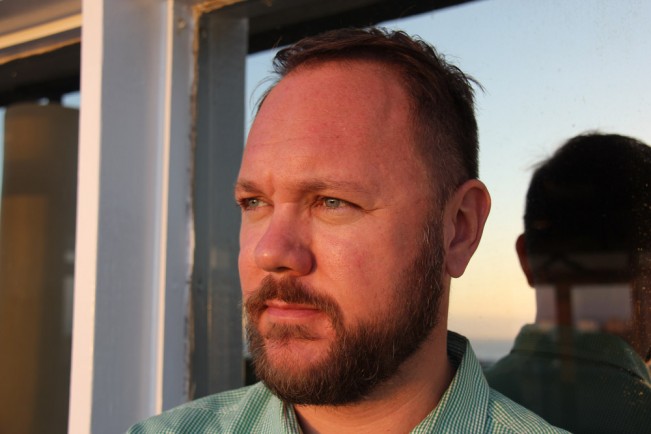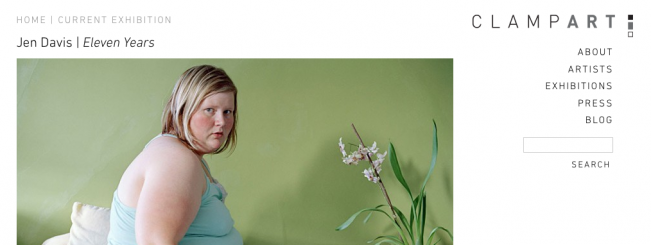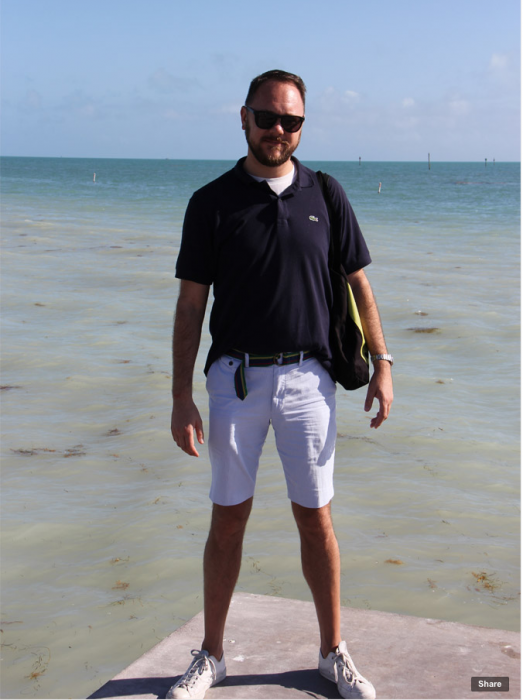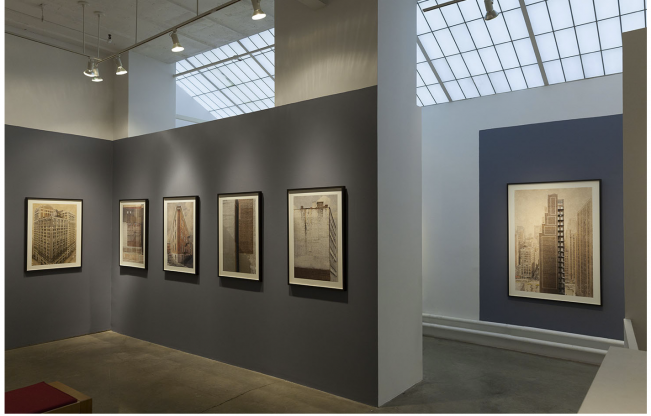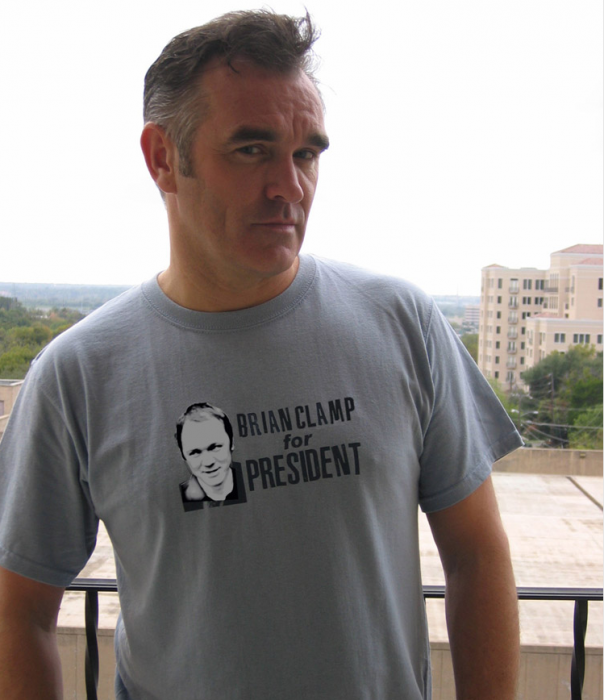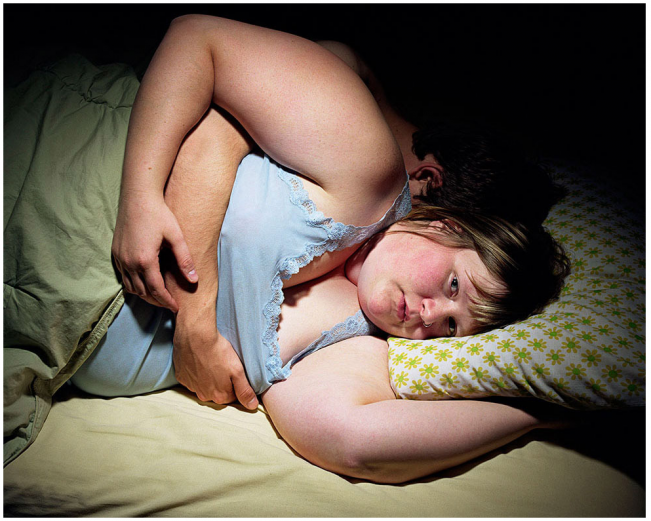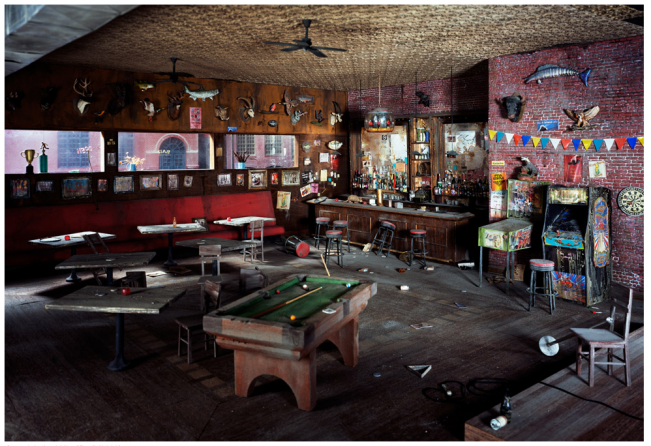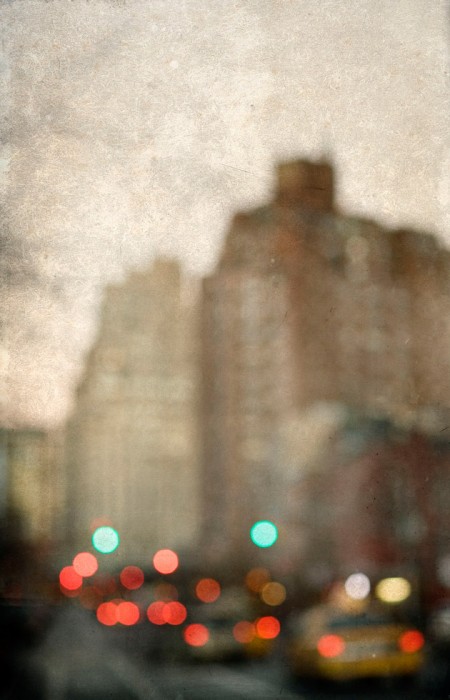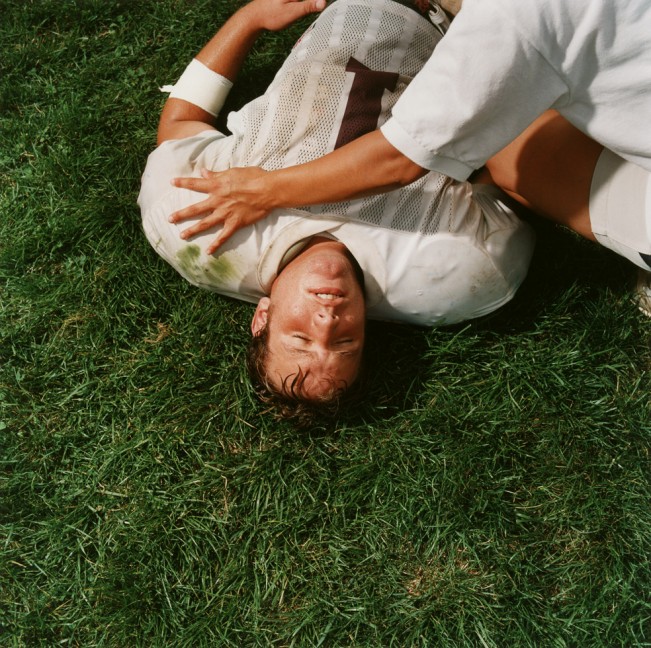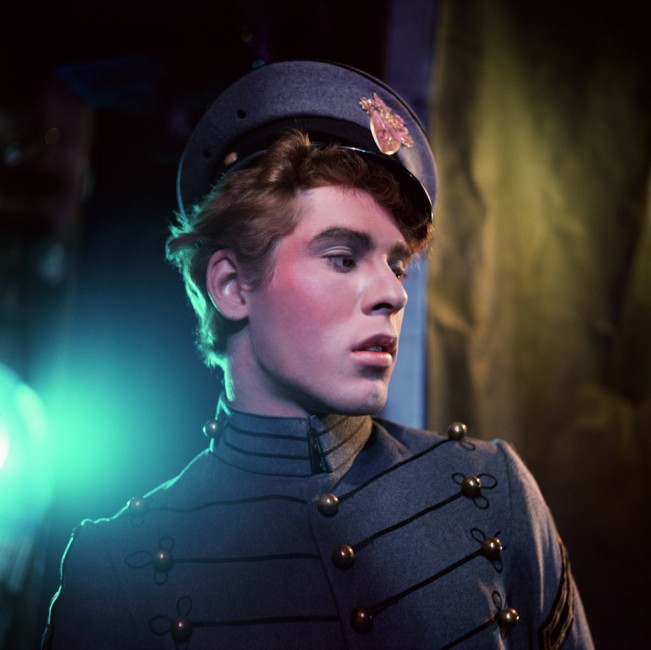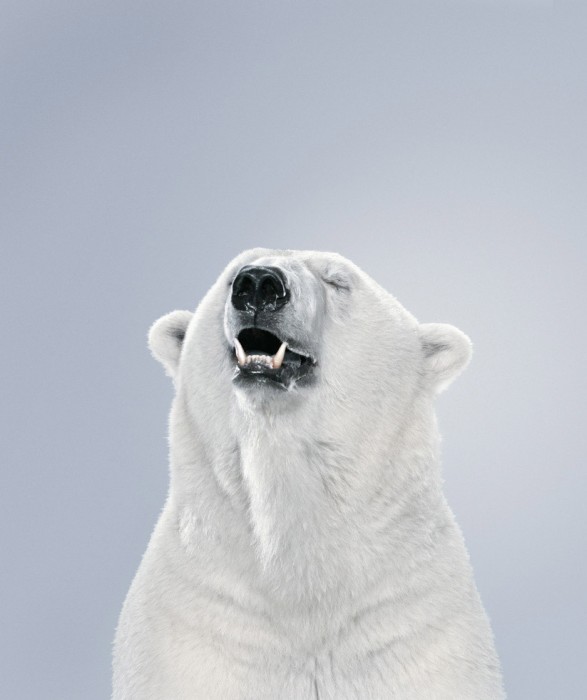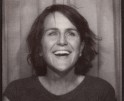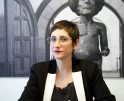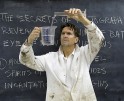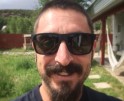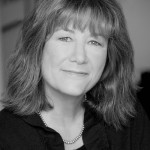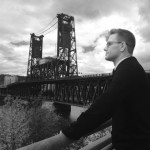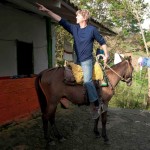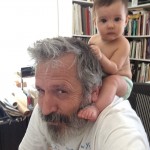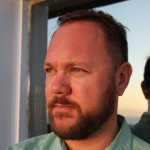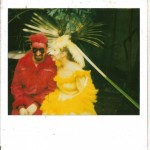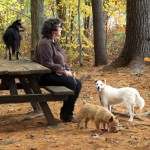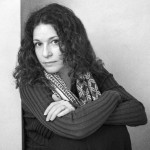The Brian Clamp Mixtape
It gives me great pleasure to celebrate New York gallerist, Brian Clamp, on today’s Mixtape. Brian will be attending Review Santa Fe next week, where I first met him a number of years ago. He was a warm and insightful reviewer and I have been a fan ever since. Attendees of the review will undoubtedly be lining up for their twenty minutes with Brian because if there is a gallery name associated with “making it”, it would be his well regarded home of great photography, Clampart. Brian has also been a generous and involved member of the photography community, offering sage advice and providing opportunities for emerging photographers. In fact, this summer Brian offers his wall space to photographers from the Rhode Island School of Design 2014 MFA Graduate program, opening July 10 -19th. He has jurored numerous competitions and been a reviewer at a variety of portfolio reviews, but most importantly, he has created a remarkable gallery that supports, shepherds, and celebrates wonderful photography and photographers. And it doesn’t get much better than that. And now, the Brian Clamp Mixtape!
Tell us about your growing up and what brought you to photography.
I was born and raised in the white bread suburbs of Denver, Colorado. Our rival high school just a few miles away was actually Columbine! Bear Creek, where I attended, has since burned down, and sadly it was never rebuilt. (The horribly embarrassing picture of me as “most improved” tennis player, which was displayed in the main hall, is thankfully now lost forever.) Basically my whole family still lives in Colorado. I was one of the few to escape! Seriously though, Denver was much less interesting when I left twenty years ago than it is today. Now when I go back and visit, I am constantly amazed by the amount of culture – – especially as compared to my experience there as a kid.
I was rather studious as a young person, but for some reason still not clear to me, I opted to take a photography elective my last semester of high school. (At the time it may have seemed a good alternative to yet another terrible semester of French!) In any case, the teacher, whose name I sadly now do not remember, was new to the school. It was her first position, and she was young and energetic, and her enthusiasm truly was infectious. I really immersed myself in this course. While essentially a darkroom class, the instructor always devoted the first part of every day to a short slide lecture concerning the history of the medium. I was electrified and went on to spend a great deal of my own time in the library pouring over photography books. Two in particular very much dominated my attention at that time – – Aperture’s iconic monograph on Diane Arbus, and Nan Goldin’s classic, “The Ballad of Sexual Dependency” (incidentally also published by Aperture).
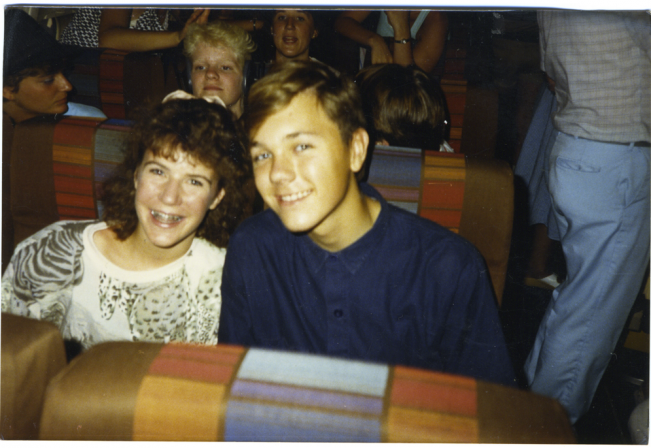
Brian on a plane in 10th grade with his friend Cary Curran on a school trip to Philadelphia. Brian and Cary ended up moving to New York City together, and are still close friends today.
When I went off to the University of Colorado in Boulder, it was originally with the intention of being a mathematics major. Nonetheless, I continued to devote my elective courses to photography and art history classes. And by my junior year, I had switched to a double-degree track in Advertising and Art History. Immediately after graduation, I packed up my bags and moved to New York City with my longtime friend Cary Curran, who wanted to pursue acting. We spent all of our money on our first month’s rent on an apartment at St. Mark’s Place and Avenue A in the East Village, and I immediately began looking for work. I was shooting for an entry-level advertising position, but the temp agency with which I registered saw my art history degree, and ended up placing me at a gallery on the Upper East Side specializing in late 19th- and early 20th-century American paintings. Strangely enough, I worked there for the next eight years learning the business before going back to graduate school at Columbia University. Rosalind Krauss was my advisor, which perfectly suited my ongoing interest in photography. Once I finished my degree in 2000, I started my own gallery focusing on contemporary work. My first space was the loft where I lived on West 27th Street in Chelsea. The timing could not have been better, as the neighborhood was soon to explode with galleries specializing in the best contemporary art. By 2003 I took the plunge and signed a lease on a public space on West 25th Street, and I have not looked back since.
What is your title and job description and tell us about a typical day?
I am the Director of ClampArt. While I do not have a formal job description, I generally oversee all aspects of running the gallery from curating, sales, and promotion to bookkeeping, accounting, and management, etc. The staff here is fairly small, so we all get involved in most aspects of the business. Oftentimes, a typical day consists of me perched in front of my computer answering an endless and overwhelming tsunami of emails. However, I enjoy it when I can escape from my desk and talk about the artwork on display with people face-to-face. As everyone is well aware, running your own business is often quite a challenge, and other than the summer months, I am at the office six days per week. It is easier now with a reliable staff and my ability to better delegate, but some days being the sole conduit between many artists and many clients can test one’s good nature! Trying to remember that while our business is very important, none of what we do is a matter of life-or-death, really helps keep things in perspective.
What are some of your proudest achievements?
I suppose my proudest achievements are watching younger artists I have championed early on in their careers growing in stature and reputation over the years in partnership with the gallery. Brian Finke, who we began representing way back in 2002, may be the best case in point. Brian is still on the gallery’s roster more than a decade later, and we will be mounting his fifth exhibition at ClampArt in November of this year.
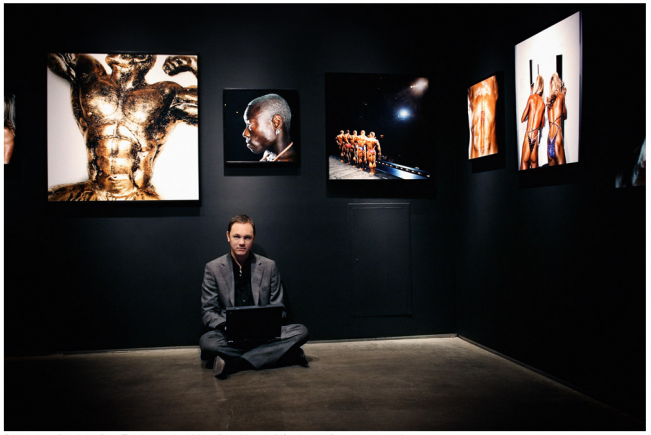
Brian in the gallery during Brian Finke’s second exhibition, “Most Muscular” (October 27 – December 17, 2005)
What do you look for when attending a portfolio review?
When attending a portfolio review event, I am looking for artists with developed and innovative bodies of work suitable for exhibition. While all types of imagery are welcome—from documentary to landscape, still life to conceptual—I am generally not interested in reviewing commercial work intended for stock or advertising. Obviously, artists who are friendly and articulate are more impressive. I also prefer to see prints on the same paper they eventually will be exhibited, if possible. Viewing photographs as close to the final scale as possible (within reason) can be helpful, too. A nice, clean presentation goes a long way.

Brian speaking with clients at ClampArt’s opening reception for “Darshan: Photographs by Manjari Sharma” (2013)
Any advice for photographers coming to a review event?
Be prepared, so you can relax and be present in the moment during the reviews. Already have your portfolio edited and sequenced, and practice talking about the work before arriving. Be open to constructive criticism, but feel free to let go of comments that are not helpful. You will be filtering opinions by many different opinionated people!
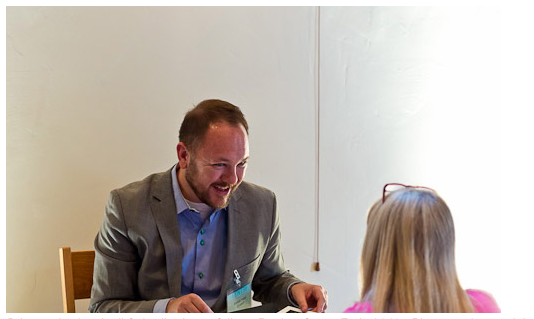
Brian reviewing Andi Schreiber’s portfolio at Review Santa Fe (2013). Photograph copyright: Eric Couineau
What is something unexpected that we don’t know about you?
Hmmmm. . . I was a devoted fan of Morrissey and The Smiths in my younger years. I am a voracious reader and enjoy alternating between fiction and non-fiction. I have a fairly impressive art book collection, which desperately needs pruning to tell you the truth. I also am a bit of a wine enthusiastic, and prefer medium- to full-bodied reds with a lot of fruit. California Zinfandels are always a favorite (hint, hint).
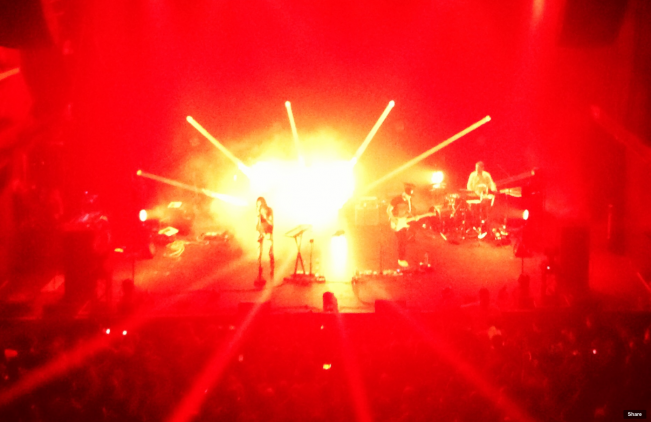
Thank you Brian! Because this is a Mixtape, I now put down my headphones and hand the turntables over to you….!
And here is a selection of photographs I love by artists represented by ClampArt:
Posts on Lenscratch may not be reproduced without the permission of the Lenscratch staff and the photographer.
Recommended
-
The Christy Karpinski MixtapeDecember 2nd, 2023
-
The Rotem Rozental MixtapeJanuary 27th, 2023
-
The Brian Taylor MixtapeJune 14th, 2019
-
The David Rosenberg MixtapeMay 3rd, 2019
-
The Jonathan Blaustein MixtapeJuly 20th, 2018

